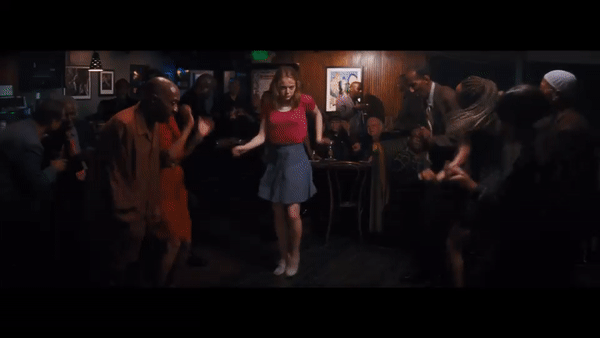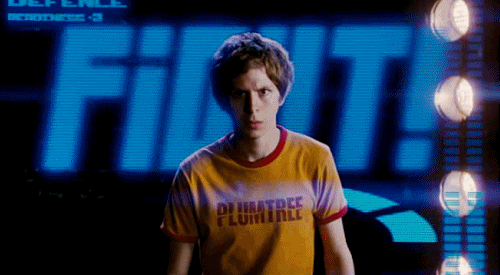Tracking Shot [Steadicam]: The camera follows the subject around the scene, usually keeping the camera still through the use of a Steadicam. A tracking shot is used in order to immerse the viewer in the scene, making them move with the character which allows them to watch the scene unfold at the same time as the scene’s subject.

Pan: The camera moves either left or right without changing it’s base position, revealing something previously off-screen. Pans can be used in a variety of ways as they can be used at different speeds, therefore changing the tone of the film. For example: A quick pan is often used for comedic affect or to emphasize what’s appearing on screen whilst a slow pan makes the scene look more dramatic as they drag out the reveal of whatever is going to appear instead of letting it flash on screen for a few seconds.

Zoom: The camera is focuses on a subject and either allows more of the background to be seen by changing from a close up into a long shot or, most commonly, focus on a characters facial expression by through the use of a long shot into a close up. A zoom can happen quickly in order to create a dramatic or comedic tone or can be dragged out, adding tension to the scene and slowing the pace.

